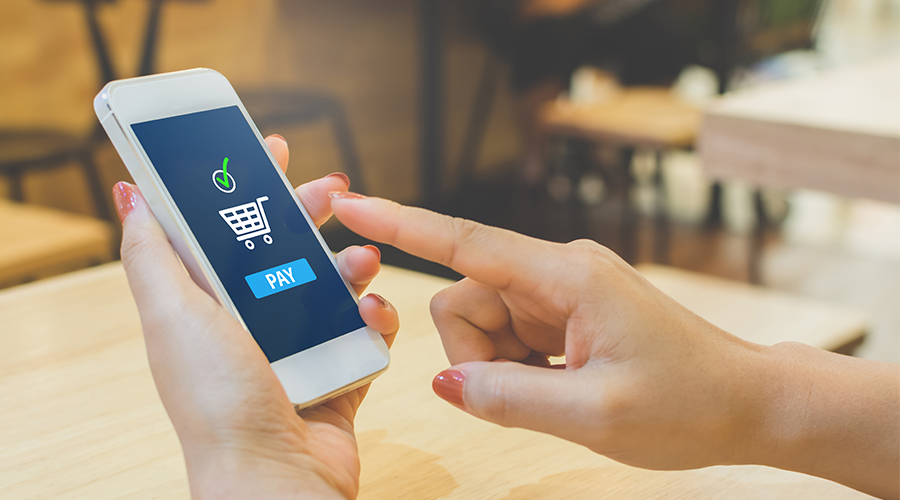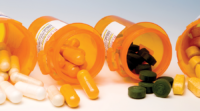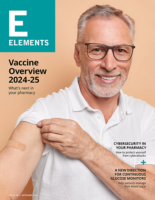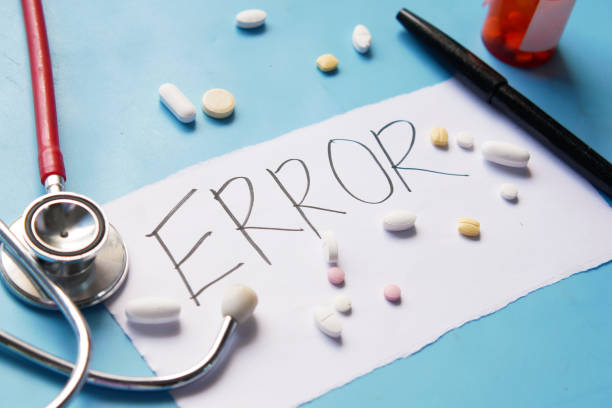Inside: Front-end sales are increasingly important as dispensing medications becomes less profitable. Here’s how to convert patients, visitors, and shoppers into buyers and loyal customers.
It’s easy to fall into the habit of neglecting your front end. After all, you went to pharmacy school, not retail school.
But as an independent pharmacist, you’ve seen firsthand how profits are shrinking on prescriptions. You can’t count on dispensing medication to carry your business. That’s why it’s crucial to nurture your front end. Here are nine ways to convert shoppers into buyers.
1. Create a good shopping experience
Shoppers will spend more time in a store that’s pleasant to be in. It starts with a warm welcome from friendly employees and can include everything from choosing the right style and volume of background music to keeping the aisles clean and clear of clutter. Here are just a few aspects to consider when evaluating the shopper experience in your store:
- Are employees friendly and helpful?
- Do checkout lines move quickly enough?
- Does the store play appropriate music at an appropriate volume?
- Does the store smell good?
- Is the store well lit?
- Is the store tidy and well stocked?
- Is it easy for patients to find what they’re looking for?
- Is your parking lot clear of hazards like snow, ice, or debris?
- Is your store a comfortable temperature?
Consider walking through your own store to mimic the experience of a customer, or ask a trusted friend or family member who doesn’t work there to visit the store and give you feedback. Once you’ve identified weak points, you can correct them and improve the shopping experience for your visitors.
Read more about creating a great pharmacy experience.
2. Use your credibility
Seventy-one percent of pharmacists make over-the-counter recommendations less than three out of 10 times, according to a study from Hamacher Resource Group (HRG). That’s a lot of lost opportunities to steer patients toward products that will ease their symptoms and grow your business.
Pharmacists’ opinion carries a lot of weight with patients. They know pharmacists have advanced knowledge and training in pharmacology, and pharmacists consistently rank as one of the most trustworthy medical professionals. Use your influence to guide patients toward the right products.
Increase recommendations by placing OTC products closer to the pharmacy area. The closer they are to the pharmacist, the study says, the more likely pharmacists are to recommend them. This also ensures that patients just coming in to fill their prescriptions will see some of your best products without having to browse the aisles of your front end.
Try moving your top-selling products to a display near the counter, or make a display of your own favorite products. (Download our free “Our Pharmacist Recommends” shelf talkers!)
3. Highlight products on social media
Maybe your pharmacy has recently expanded to a full line of natural supplements, or you’ve entered the lucrative world of CBD oil products. Maybe you’re now stocking an in-demand local product, like Iowa’s virally popular Bug Soother spray. Social media can help you call attention to whatever makes your front end special.
When patients catch wind of your special products, they’ll come to your pharmacy as buyers.
Post about new or unique products, top sellers, and discounted items to start discussions and build up some buzz. If you use email marketing, incorporate the same concepts into your emails.
4. Use merchandising planograms
Putting the right products in the right places can be as tricky as it is important. Getting it right will maximize your front-end sales. Consider starting with a planogram, which organizations like HRG and some wholesalers will create for you. These visual diagrams show you exactly where to place your front-end products based on research-backed factors.
If you’ve been in the business a long time, you may be accustomed to manufacturers and distributors visiting your pharmacy to educate you about merchandising. You also might have noticed it happens less and less often. Planograms are essentially a replacement for a store visit, and they blend the data from manufacturers with their own merchandising experience to optimize your layout.
Learn more about how planograms can increase pharmacy sales.
5. Bundle products to increase sales
If you offer a bundled deal, you can increase your average sale per customer—both the number of items and the dollar amount. Instead of offering an item at a discount, you can combine it with another product to encourage patients to purchase both at a slight discount. Patients who might have only purchased the cheaper product will now consider choosing both.
Choose products that complement each other:
- Daytime OTC cold relief and nighttime cold relief
- Tissues and hand sanitizer
- Calcium supplements and vitamin D
- Bandages and triple-antibiotic ointment
- Menstrual pain relief and feminine hygiene products
Experiment with different combinations and keep track of which bundles sell. Use your more successful bundles repeatedly while you phase out your less lucrative combinations.
6. Make your store kid-friendly
Pharmacy may not seem like a particularly kid-oriented business, but you may have more children visiting your store than you realize. Stay-at-home parents are likely to pop in with their children during the day for a few quick items, while parents of sick children may have no choice but to bring them along to pick up medication. And waiting for a prescription with a bored kid can be a miserable experience.
Providing a few toys or a table with paper and crayons in your waiting area can keep little hands occupied while parents pick up prescriptions or scrutinize the label on an OTC medication. (Make sure you wipe down the toys frequently to avoid spreading germs.)
When you improve the shopping experience for kids, you also improve the shopping experience for parents—and make them more likely to choose your pharmacy next time.
Kids also influence $1.2 trillion in sales every year, so use that to your advantage. Stocking items like cartoon-branded bandages on lower shelves, at children’s eye level, can help. In your check-out lane, include kid-friendly snacks (fruit gummies, Goldfish crackers, juice boxes), and toys (bouncy balls, fidget spinners, small plush animals) to encourage small impulse purchases that really add up.
Read more about making your pharmacy kid-friendly.
7. Offer Discounts
Everyone loves a good bargain. Done properly, discounts can save shoppers a little money and move inventory faster while still bringing in revenue.
According to a RetailMeNot report, 28 percent of shoppers are more likely to spend more money when a retailer offers a percentage off their total. Seventeen percent will spend more when retailers offer deals on specific products. That means you can increase the average spend per customer even if you’re charging less per item.
The data gets more compelling from there:
- 86 percent of affluent shoppers are influenced by coupons to try new products, and 80 percent are influenced to choose brands they wouldn’t typically buy
- 80 percent of shoppers would switch stores or brands when offered a compelling promotion
- 83 percent of shoppers said they made an unplanned purchase based on a promotion they received
To maximize the effectiveness of front-end discounts, use limited-time offers to create a sense of urgency and create strategic end caps and other displays to draw attention to the offers. Avoid common discount blunders like discounting the wrong items or cheapening your brand by discounting too frequently.
8. Take advantage of seasons, holidays, and events
Annual celebrations and current events present perfect opportunities to market your front-end products and engage your community. Whether it’s ramping up for allergy season or stocking summer must-haves, embracing the season allows you to feature in-demand products for sure sales.
You may already observe holidays like Valentine’s Day, Independence Day, and Christmas, but here are more occasions to celebrate in your pharmacy:
- National Pharmacist Day (January 12)
- National Mom and Pop Business Owners Day (March 29)
- World Pharmacist Day (September 25)
- American Pharmacists Month (October)
- National Pharmacy Technician Day (Third Tuesday in October)
- Small Business Saturday (First Saturday after Thanksgiving)
9. Use cross merchandising
Cross merchandising means putting items from different categories together in a complementary way to encourage add-on sales. Classic examples from grocery stores include ketchup and mustard next to hamburger buns and salsa next to tortilla chips. If you’ve ever moved facial tissue and lip balm to the cold and cough section, you’ve already tried cross merchandising.
Cross merchandising earns additional sales by maximizing the number of needed items the patient buys from you, rather than forgetting something and buying it later somewhere else. And it provides the opportunity to sell additional items that weren’t on the shopper’s initial list.
Focusing on the needs and wants of everyday shoppers and using the right merchandising strategies can convert any of your pharmacy shoppers into buyers.
Want more pharmacy business tips and advice? Sign up for our e-newsletter.












